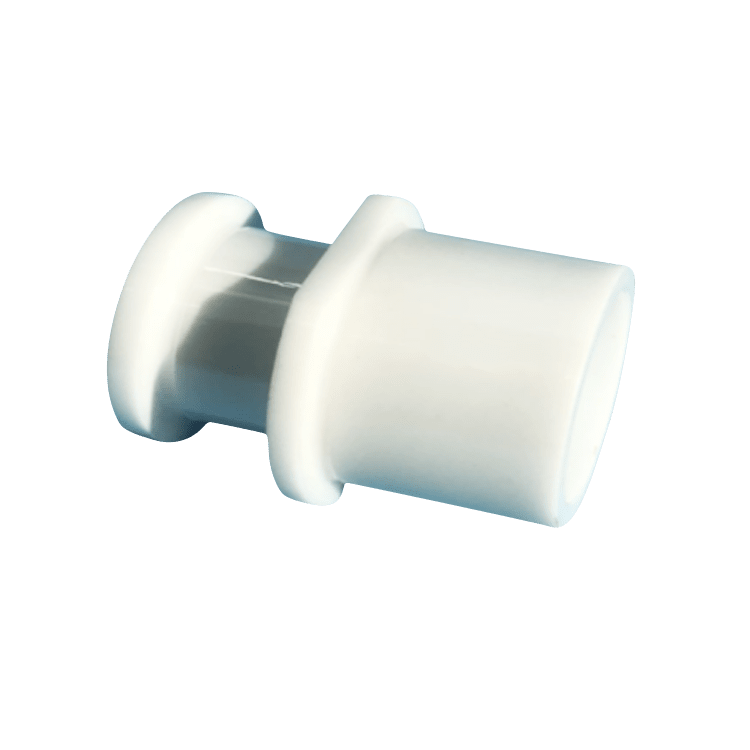Welcome to Tarso, professional special bearing manufacturer
Ceramic Structural Components The latest news in the wo […]
The latest news in the world of ceramic structures is the expansion of Haining Tarso Bearing Technology Co., Ltd.'s manufacturing facility in No. 18, Tingchao Road, Jianshan New District, Haining City, Zhejiang Province, China. The expansion aims to double the production capacity of its fine ceramic structural components. The company expects to finish its expansion in October 2018. The expanded plant will feature a new building of 29,232 square meters that will manufacture high-quality ceramic structural components that are used in semiconductors and liquid-crystalline displays.
Advanced structural ceramics are being used in an increasing number of structural applications, including medical implants and electrical feedthroughs. Their biocompatibility and hardness make them an ideal choice for use in load-bearing applications. They are also highly durable and can be used for a variety of applications. In addition to medical applications, ceramic structural components are also useful for the production of dental implants, electrical feedthroughs, cochlear implant enclosures, and other similar devices.
One such example is the application of computational fluid dynamics (CFD) to predict the failure probability of a monolithic ceramic component in service. The program uses ANSYS nonlinear stress and heat transfer capabilities to account for time-varying creep-strain distributions. In this process, the component's creep life is discretized into short time steps and calculated based on the modified Monkman-Grant creep-rupture criterion. As time elapses, cumulative damage is calculated and failure is assumed when the resulting normalized cumulative damage at any point in the component reaches unity.

Unlike metals, ceramics can be modified to overcome their inherent stiffness. Advanced engineering ceramics can achieve tensile strength and fracture toughness nearly half that of steel. Among the main compositional classes of engineering ceramics are oxides, nitrides, and carbides. Silicon nitride and aluminium nitride are two examples of advanced engineering ceramics, each with unique properties and grades.
The properties of ceramics are largely determined by the size and shape of the grain structure. The microstructure of a sintered ceramic piece has a direct correlation with its properties. Therefore, ceramic microstructures are often used in industrial applications, such as in the construction of automobiles. In fact, ceramic structures can be used in a variety of structural applications. The following are some of the most common applications of ceramics.
The chemical bonding between the elements in a ceramic material is crucial to its structural strength. The chemical bonds between the elements in a ceramic material are covalent and ionic, which determine the type of crystal structure. Ionic ceramics are non-directional, which allows them to form rock-salt-like structures. The differences between these two types of ceramics are important for understanding the behavior of various components and structures.
Some ceramics have excellent thermal conductivity. However, a few exhibit electrical conductivity. A common example is quartz, which is used in watches and other electronics. Quartz devices use electricity to power a device and mechanical motion to create a signal. The conversion interval between electrical energy and mechanical energy is called the unit of time, and this is a very useful property in many applications. This is a significant benefit because quartz devices can measure the passage of time.